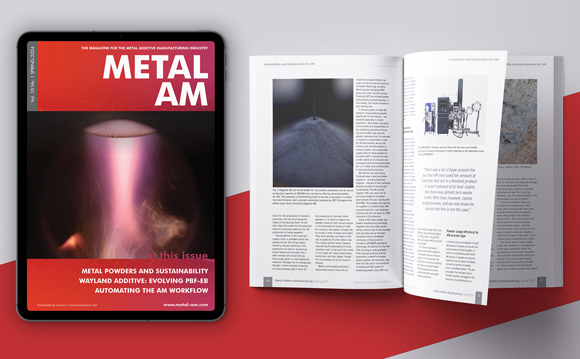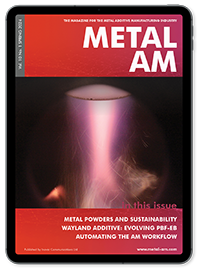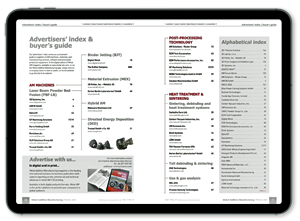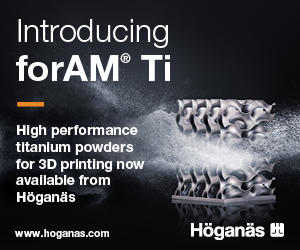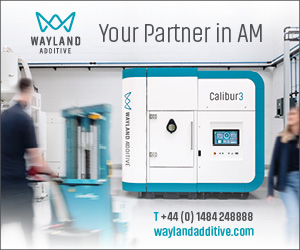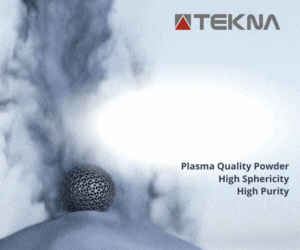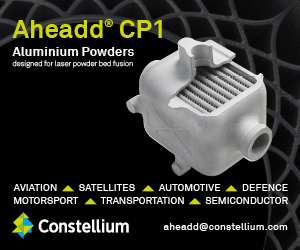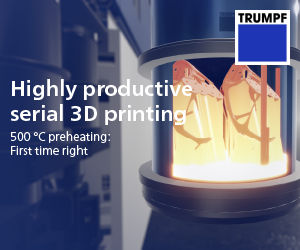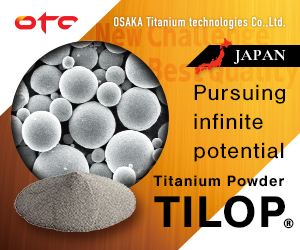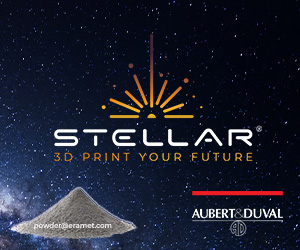BeAM installs Magic 2.0 Additive Manufacturing system at North American Solutions Centre
March 23, 2017
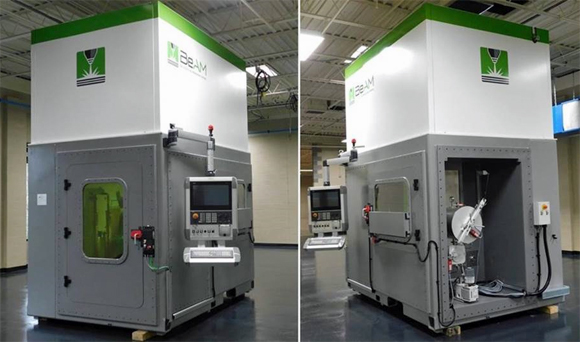
The Magic 2.0 was developed by BeAM in 2016 in response to industry feedback on its initial Magic 1.0, and unveiled at formnext, Germany, November 15-18 2016 (Courtesy BeAM)
BeAM Machines SAS, headquartered in Strasbourg, France, has announced the installation of a Magic 2.0 AM system at its North American Solutions Centre in Cincinnati, Ohio, USA, which opened early in 2017. The news marks the first Magic 2.0 system installed in North America.
The Magic 2.0 was developed by BeAM in 2016 in response to industry feedback on its initial Magic 1.0, and unveiled at formnext, Germany, November 15-18 2016. Magic systems are currently reported to be in use by Aerospace MRO sites to repair gas turbine engine shaft seals, stator vanes, LPT Blades and components that are historically unrepairable. The Magic 2.0 can also be used to create near net shapes, instead of machining from large forgings, reducing material waste and energy consumption during component manufacture, says BeAM.
The 1860 m² Cincinnati facility handles sales, service, process development, applications, research & development and training and is staffed with service technicians, applications and manufacturing engineers, material scientists, machinists and technicians in addition to the business development team and support staff. It is equipped with a training centre, post-processing machine shop, metallurgical laboratory and a final assembly area for machinery.
Tim Bell, General Manager of BeAM Machines, Inc in Cincinnati, stated, “April is a very important month, as we have just taken delivery of the very first Magic 2.0 in North America. The Magic 2.0 is a large format 5 continuous axis machine designed for serial production or repair of high-value components in industries with long lead times and high buy-to-fly ratios. The standard machine specifications include an X,Y,Z build volume of 1200 x 800 x 800 mm, Siemens 840D Control, IPG 2KW Fiber Laser, MacroCLAD 10Vx Deposition Head, along with many other industry-leading features.”
Bell concludes, “Some of the more unique applications include combining multiple advanced technologies such as Powder Bed Fusion and Directed Energy Deposition, leveraging the abilities of both of these Additive Manufacturing technologies at the component design level, allowing some of the worlds most advanced manufacturing facilities to push the envelope on what is possible. The freedom of design that Additive Manufacturing gives our customers allows them to achieve component performance and life cycle levels that historically were only ‘pipe dreams’.”



